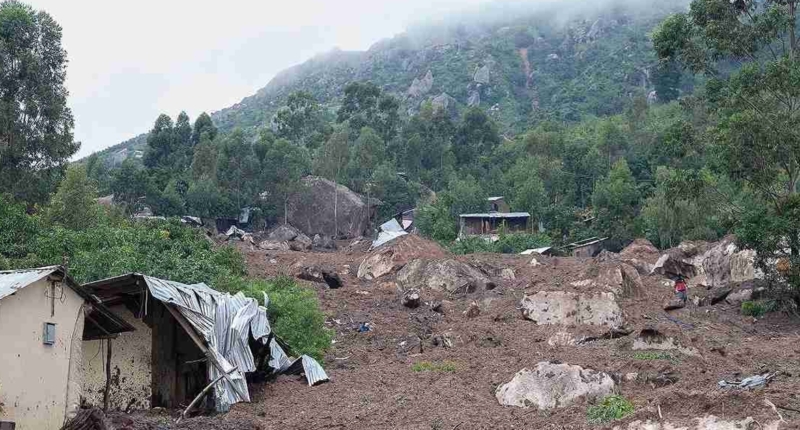Cyclone Freddy has made history as the longest-ever documented storm, traveling over 8,000 kilometers across the Indian Ocean, hitting Madagascar, Mozambique, and Malawi twice, and claiming nearly two dozen lives in both countries. It has also set the record for the highest accumulated cyclone energy of any southern hemisphere storm in history. While experts are cautious about linking Cyclone Freddy specifically to climate change, they say it is consistent with predictions that cyclones will become more intense. Climate change is contributing to making tropical cyclones stronger, wetter, and increasing the risk of coastal flooding from storm surge due to sea-level rise. Tropical cyclones are not showing a long-term trend in their number, but evidence suggests that the strongest storms are getting stronger.
Cyclone Freddy: The Longest-Documented Storm in History
Cyclone Freddy has made headlines in the meteorological world for its exceptional track and record-breaking duration. Let’s take a closer look at what makes this storm so exceptional.
Deadly Track
The storm first formed in the southeastern Indian Ocean off northern Australia in early February 2023. The Australian weather service designated it as Cyclone Freddy on February 6th, and it began its journey across the ocean.
It brushed past Mauritius and the French island of La Reunion before hitting Madagascar on February 21st. Cyclone Freddy then swept over the island before reaching Mozambique on February 24th, claiming nearly two dozen lives and affecting nearly 400,000 people in both countries.
After that, the storm headed back out to sea, gaining strength from the warm waters of the southwest Indian Ocean. It then reversed course and hit Mozambique again with wind gusts of up to 200 kph before ravaging Malawi and triggering floods and mudslides.
Record Breaker
Cyclone Freddy has traveled over 8,000 kilometers, making it the longest-ever documented storm in history, according to meteorologists. It has broken the World Meteorological Organization’s benchmark for the longest-lasting tropical cyclone, previously held by a 31-day storm named John in 1994. A panel of WMO experts in extreme weather events will now study whether Freddy is the new titleholder.
The Power of Cyclone Freddy
The French weather service Meteo-France described Cyclone Freddy as a “particularly powerful and compact tropical system, generating extreme winds near its core.” The storm’s exceptional duration, coupled with its strength, has caused extensive damage and loss of life across Madagascar, Mozambique, and Malawi.
In a bulletin released on March 15th, Malawi’s Ministry of Natural Resources and Climate Change announced that Freddy had “diffused.” However, extreme rain associated with the storm would fall back.
Conclusion
Cyclone Freddy has left a trail of destruction in its wake, affecting thousands of people and claiming numerous lives. Its exceptional duration and strength make it a record-breaking storm that has left its mark on history. The meteorological world will be watching to see whether it officially breaks the record for the longest-lasting tropical cyclone.
Cyclone Freddy: The Most Powerful Southern Hemisphere Storm in History
According to the U.S. National Aeronautics and Space Administration, Cyclone Freddy set the record for the highest accumulated cyclone energy of any southern hemisphere storm in history. Major storms in the Indian Ocean are known as cyclones, typhoons in the Pacific, and hurricanes in the Atlantic.
Climate Link
While experts are cautious about specifically linking Cyclone Freddy to climate change, they say it is consistent with predictions. The U.N.’s Intergovernmental Panel on Climate Change predicts that cyclones will become more intense. Climate change is also contributing to making tropical cyclones stronger and wetter and increasing the risk of coastal flooding from storm surge due to sea-level rise.
Scientists have not detected any long-term trend in the number of tropical cyclones. However, there is evidence that tropical cyclones are getting more intense, and the strongest storms are getting stronger. In recent years, there has been a tendency for big storms to rapidly strengthen by at least 56 kph over just 24 hours.
More analysis is required to deduce the reasoning behind Cyclone Freddy’s longevity.
Don’t miss interesting posts on Famousbio
